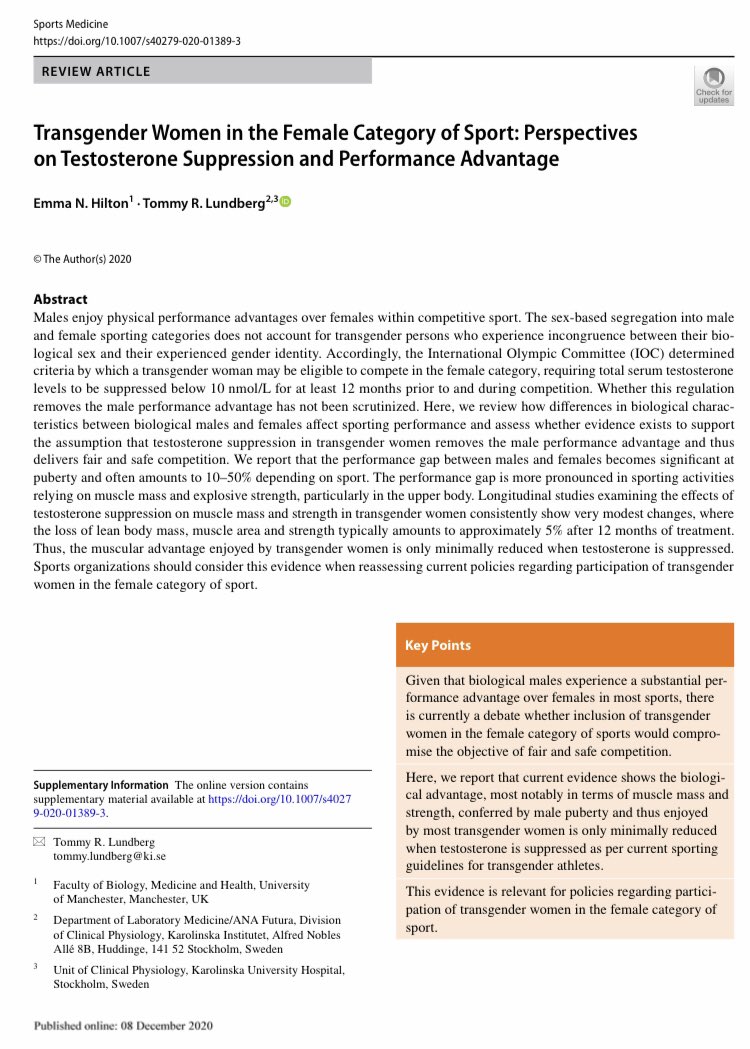
This is an interesting read, framed by understanding sex as a system, not individuals.
‘But the male and female sexes are not two types of individuals; they actually represent two different reproductive strategies...’
onlinelibrary.wiley.com/doi/full/10.10…
‘But the male and female sexes are not two types of individuals; they actually represent two different reproductive strategies...’
onlinelibrary.wiley.com/doi/full/10.10…
‘...and in many organisms, these two strategies are distributed among individuals in a population in a variety of ways.’
‘What we tend to think of as the sexes arose from this isogamous state during the evolution of anisogamy (from Greek aniso‐ “unequal”), where the emerging male and female sexual strategies involve, by definition, the production of many small or few large gametes, respectively.’
‘Although this process led to the emergence of the “male” and “female” sexual strategies, whether or not it led to the evolution of males and females as is often assumed in models is currently unclear.’
‘The possibility of dual sexuality naturally precludes well‐known mechanisms in gonochorists, such as genetic sex determination via sex chromosomes that drive circulating sex hormones that affect the sexual fate of the entire body (as, for example, occurs in our own species).’
‘Much of the literature on the evolution of sexual reproduction confounds the phenomena of male and female sexual strategies with the phenomenon of males and females.’
<end quotes>
This type of argument feels very similar to what I’ve arrived at by examination of my own, that is, the description of sex as a binary applied at a functional system level (and why hermaphrodites don’t undermine this principle).
This type of argument feels very similar to what I’ve arrived at by examination of my own, that is, the description of sex as a binary applied at a functional system level (and why hermaphrodites don’t undermine this principle).
• • •
Missing some Tweet in this thread? You can try to
force a refresh








